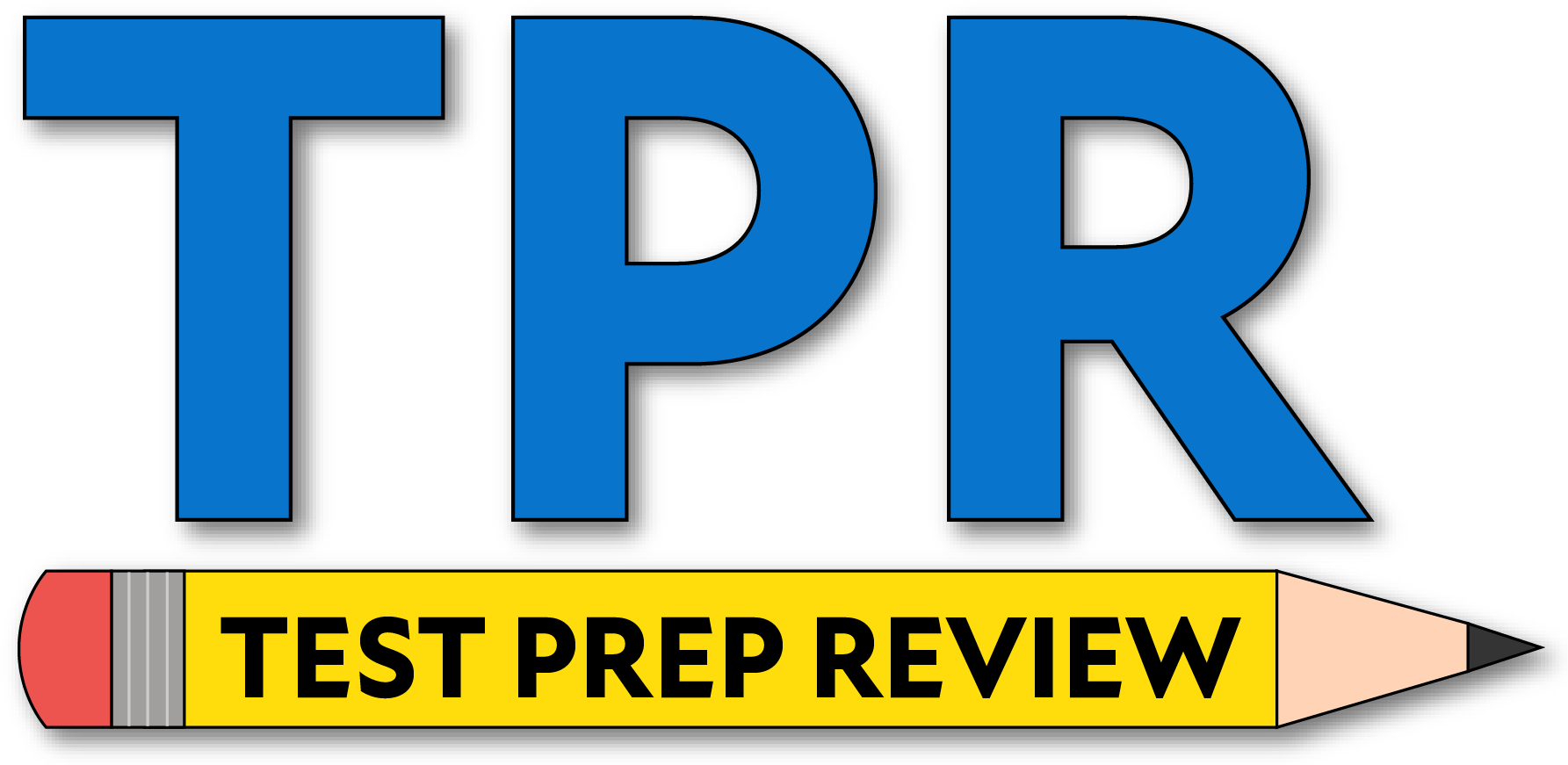- Which of the following is not required when getting started with an instructor-monitored driving exam?
- Adjust the seat
- Make sure the car is in park or neutral
- Check the oil level under the hood
- Fasten your seat belt
- Adjust the inside and outside mirrors for proper vision
Pre-drive safety checks include seating, belt, gear selection, and mirror adjustment. Checking engine oil isn’t part of the immediate start-up for the exam.
- Which child weight correctly requires a rear-facing car seat?
- 20 lb to 2 years old
- 40 lb to 3 years old
- Birth to 15 lb
- Birth to 20 lb
- 3–4 years old
Infants must ride rear-facing; historically this applied at least until 20 lb (and age 1). Many states and pediatric guidance now recommend rear-facing to age 2 or longer per seat limits.
- Vehicle condition relates to the following except:
- Brake-light status
- Tail-light status
- Steering with less than 3 inches of free play is safe
- Tires with less than 1/16" tread are unsafe
- All of the above are correct
Passenger vehicles should have minimal steering play; “less than 3 inches” is not a standard safety benchmark. Lights and adequate tread (≥ 1/16") are clear safety requirements.
- All of the following statements related to driver safety are true except:
- Drowsiness is the second step in falling asleep at the wheel
- Scan 10–15 seconds ahead
- Take in the whole scene
- There are blind spots to the left and right rear of your car
- Partial hydroplaning can start around 35 mph on wet roads
The phrasing is inaccurate; drowsy driving itself is impairment. The other items are standard safe-driving practices.
- When passing a parked car, watch for:
- Exhaust/smoke from the tailpipe
- Red brake lights on
- White reverse lights on
- Only A & B
- A, B, & C
Any sign a vehicle may move (exhaust, brake lights, or reverse lights) means slow and give extra clearance.
- Stopping distance depends on all of the following except:
- Your reaction time
- Condition of the brakes
- Condition/type of tires
- Wind resistance
- Road conditions
Perception/reaction, brakes, tires, and road surface strongly affect stopping distance. Wind resistance is negligible in typical stopping scenarios.
- At 55 mph, approximately how far will a typical car travel before stopping (perception + reaction + braking) under good conditions?
- 131 feet
- 175 feet
- 200 feet
- 228 feet
- 453 feet
Many driver handbooks cite ~228 ft at 55 mph in good conditions. Actual distance varies with driver, vehicle, and road.
- At 35 mph, about how far will a typical car travel before stopping (perception + reaction + braking) under good conditions?
- 52 feet
- 76 feet
- 106 feet
- 129 feet
- 270 feet
Typical handbook figure is ~106 ft at 35 mph with alert reaction and dry pavement.
- When turning around on a narrow street, you should use the ______ principle.
- Three-point
- Y
- Four-point
- A & B
- B & C
A three-point turn is also called a Y-turn. A four-point maneuver is not standard.
- If parking on a hill facing uphill, do all of the following except:
- Turn the wheels away from the curb
- Turn the wheels toward the curb
- Shift into low gear (manual)
- Shift into park (automatic)
- Set the parking brake
Uphill with a curb: turn wheels away from the curb, and secure the vehicle (park/low gear + parking brake). Turning toward the curb is for downhill with a curb.
